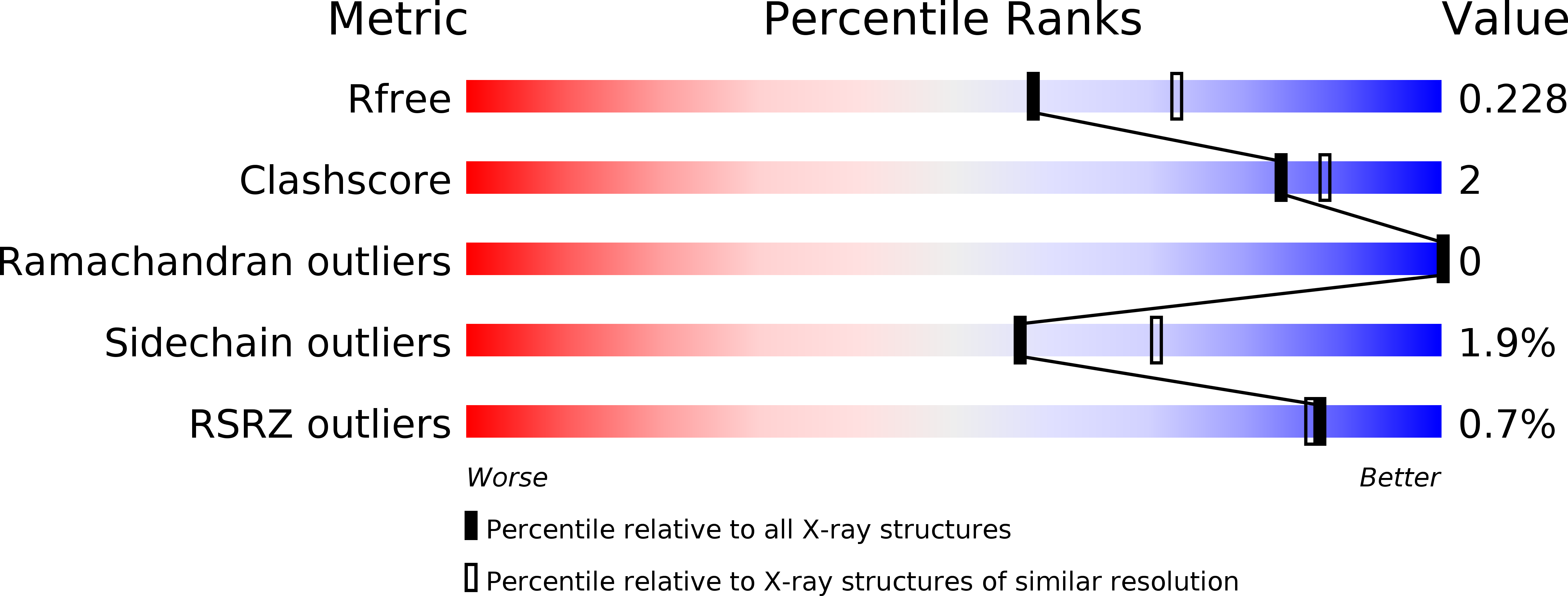
Deposition Date
2011-03-01
Release Date
2011-03-16
Last Version Date
2024-05-08
Entry Detail
PDB ID:
2YB4
Keywords:
Title:
Structure of an amidohydrolase from Chromobacterium violaceum (EFI target EFI-500202) with bound SO4, no metal
Biological Source:
Source Organism:
CHROMOBACTERIUM VIOLACEUM (Taxon ID: 536)
Host Organism:
Method Details:
Experimental Method:
Resolution:
2.20 Å
R-Value Free:
0.23
R-Value Work:
0.17
R-Value Observed:
0.17
Space Group:
P 21 21 21


